Table of Contents
In a high-stakes diplomatic overture, the United States has officially submitted a new nuclear deal proposal to Iran, raising the possibility of renewed negotiations amid an alarming increase in Iran’s enriched uranium stockpile. The move comes at a tense time, as a recent report from the International Atomic Energy Agency (IAEA) warns that Iran is approaching weapons-grade nuclear capability at an unprecedented pace.
The proposal, delivered by Omani Foreign Minister Badr Albusaidi during a brief visit to Tehran, was crafted by U.S. President Donald Trump’s special envoy, Steve Witkoff. The White House has confirmed the proposal and is urging Tehran to engage seriously, signaling that the door for diplomacy remains open, but not indefinitely.
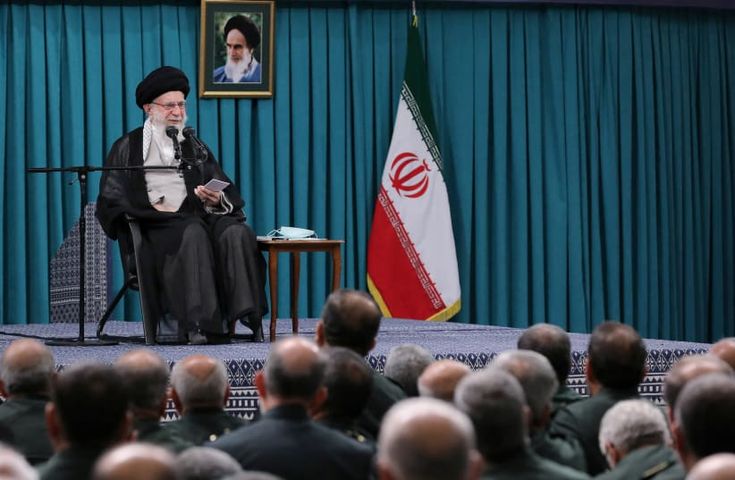
Diplomacy Through Oman: A Backchannel in Action
Iranian Foreign Minister Abbas Araghchi confirmed that his government received the new proposal, describing it as “elements of a U.S. deal” and pledging to respond based on Iran’s national interests. He posted on the social media platform X (formerly Twitter), “The proposal will be appropriately responded to in line with the principles, national interests, and rights of the people of Iran.”
The delivery via Oman reflects the continuing role of neutral third parties in U.S.-Iran diplomacy. Oman has often served as a discreet backchannel, facilitating indirect dialogue between the two long-estranged nations, especially since the U.S. withdrawal from the 2015 nuclear agreement.
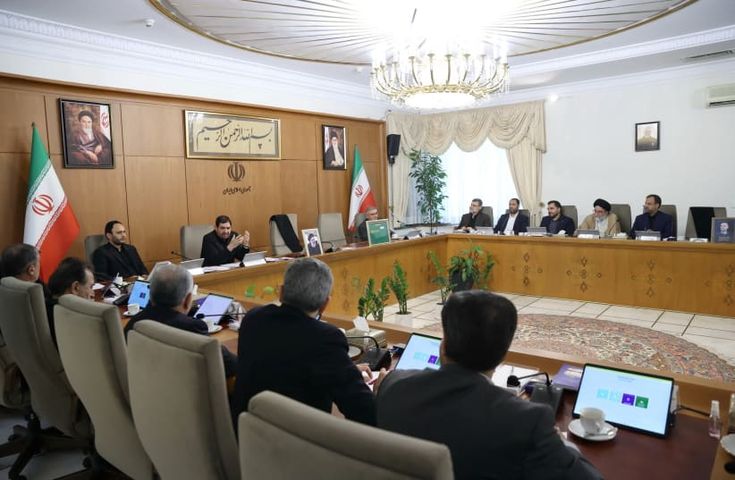
A Dire Warning: Iran’s Nuclear Program Escalates
The timing of the U.S. proposal is no coincidence. It follows a damning IAEA report that reveals Iran now possesses over 400 kilograms of uranium enriched to 60% purity—well beyond what is needed for civilian nuclear purposes and perilously close to the 90% enrichment required for nuclear weapons.
This stockpile is sufficient to produce roughly ten nuclear weapons, should Iran choose to refine the material further. Over the past three months, Iran has enriched uranium at a rate equivalent to one bomb per month, the report said. U.S. intelligence believes that Iran could produce weapons-grade material in less than two weeks and assemble a functional weapon within a few months if it decided to proceed.
The IAEA has raised concerns over Iran’s refusal to grant senior inspectors access to key facilities, and the agency has yet to receive clear answers to longstanding questions about Iran’s past nuclear activities. This lack of cooperation only deepens suspicions and fuels regional and global anxiety.
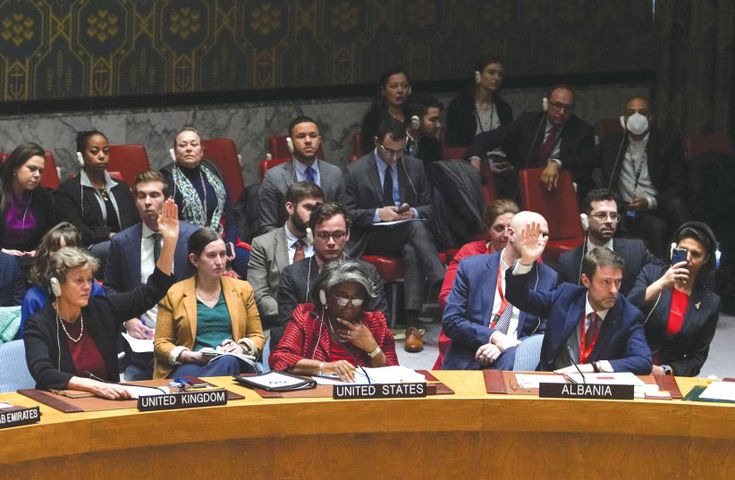
Trump’s Push for a New Agreement
President Trump has long been critical of the Joint Comprehensive Plan of Action (JCPOA)—the landmark 2015 nuclear deal signed by Iran, the U.S., China, Russia, France, Germany, and the United Kingdom. That agreement sought to freeze Iran’s nuclear program in exchange for lifting international sanctions.
Trump withdrew the U.S. from the JCPOA in 2018, calling it a “bad deal” that failed to address Iran’s ballistic missile development, sunset clauses, and regional military activities. Since then, his administration has reimposed harsh sanctions under a “maximum pressure” strategy designed to bring Iran back to the table for a broader, tougher deal.
Now, in a reversal of tone but not of policy, the Trump administration is offering Iran another chance to negotiate, though the details remain closely held. According to White House Press Secretary Karoline Leavitt, the proposal is “detailed and acceptable,” and the administration believes it is in Tehran’s “best interest to accept” the deal.
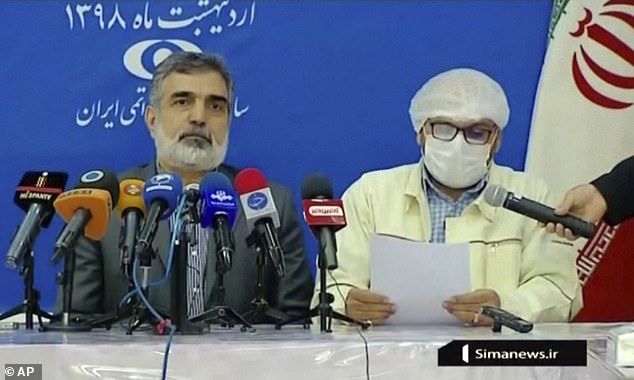
What Could the New Deal Include?
While the specific terms of the new U.S. offer have not been disclosed, analysts expect it to focus on
- A rollback of uranium enrichment to below 5%, which is standard for civilian nuclear energy.
- Increased access for IAEA inspectors to ensure compliance and transparency.
- Partial sanctions relief, likely conditional on Iran’s verifiable steps to curb nuclear development.
- A potential timeline for dismantling high-purity stockpiles, including exporting excess material or converting it to less dangerous forms.
However, one of the major sticking points remains Iran’s insistence that it has the right to enrich uranium for peaceful purposes. Any new deal would need to find a balance between international oversight and Iran’s claims to sovereignty.
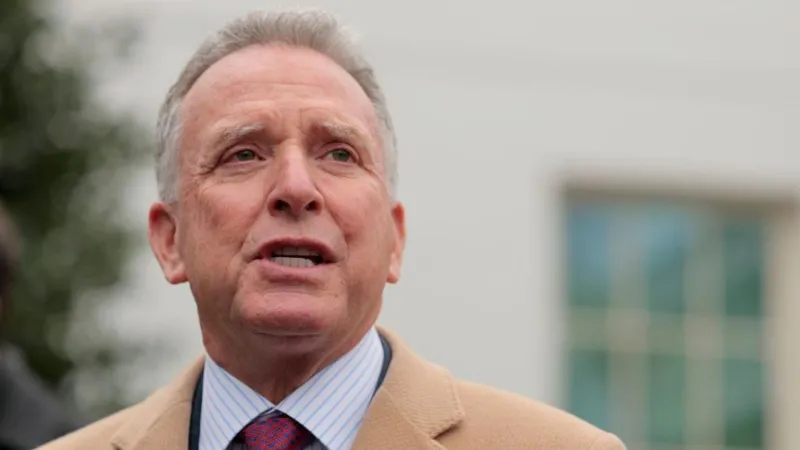
International Reaction and Risks of Escalation
The IAEA report has put new pressure on Western powers to take action. The U.S., along with Britain, France, and Germany, may push for a formal finding that Iran violates its obligations under the Treaty on the Non-Proliferation of Nuclear Weapons (NPT) during the next IAEA board meeting.
Such a declaration could trigger diplomatic retaliation from Tehran, which already calls the IAEA’s findings “politically motivated.” Iranian officials have warned that any punitive action could lead to further escalation and the adoption of “appropriate measures” against the West.
Meanwhile, Israel has signaled it will not tolerate a nuclear-armed Iran and has left open the possibility of military intervention should diplomatic efforts collapse.
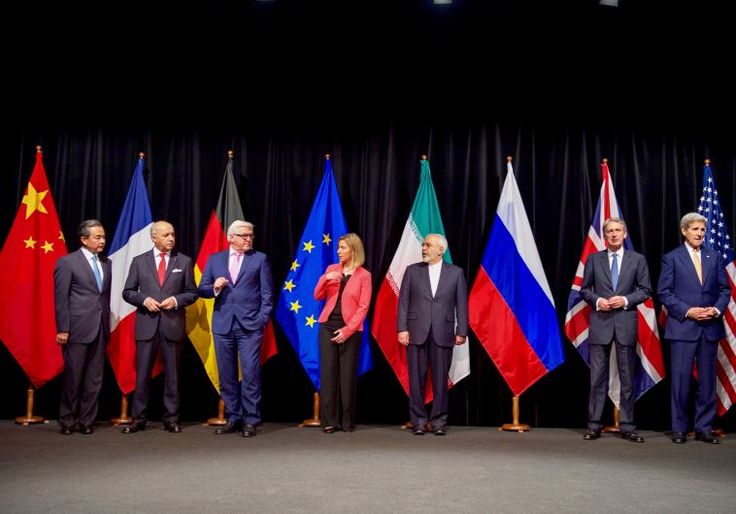
Why This Moment Matters
This new U.S. proposal comes at a critical time. Despite months of backchannel talks mediated by Oman and some early signs of optimism, Iran has not slowed its enrichment activities. The Biden administration, if it comes to power in 2025, may revisit the original JCPOA framework, but Trump is seeking to establish a new deal under his terms before then.
Should Iran reject the current proposal, the likelihood of increased sanctions, diplomatic isolation, or even military confrontation will rise sharply. Conversely, if Iran agrees to engage in meaningful dialogue, this could mark the beginning of a new phase of nuclear diplomacy in the Middle East.
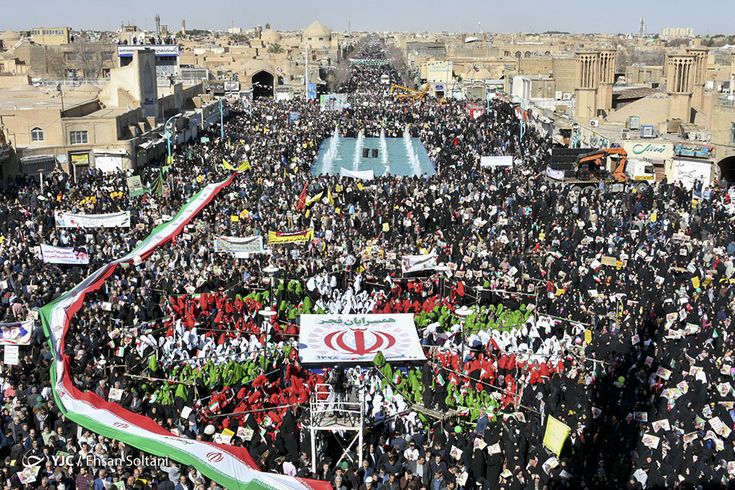
Conclusion: A Deal or a Dangerous Stalemate?
As Iran continues to enrich uranium at unprecedented levels, and the international community watches with increasing alarm, the latest U.S. offer may represent one of the final chances for a negotiated solution. With war drums beating faintly in the background and diplomacy hanging by a thread, the coming weeks will be pivotal.
If Iran and the U.S. can agree to terms, it could de-escalate a brewing crisis and return the region to a more stable footing. If not, the world may face the consequences of a failed nuclear diplomacy—again.
For the latest updates on international nuclear negotiations and geopolitical trends, follow us at WorldAffair.org.
Author Profile
- Syed Tahir Abbas is a Master's student at Southwest University, Chongqing, specializing in international relations and sustainable development. His research focuses on U.S.-China diplomacy, global geopolitics, and the role of education in shaping international policies. Syed has contributed to academic discussions on political dynamics, economic growth, and sustainable energy, aiming to offer fresh insights into global affairs.
Latest entries
 Middle East & North AfricaJuly 20, 2025Israel Targets Damascus Amid Rising Tensions in Syria
Middle East & North AfricaJuly 20, 2025Israel Targets Damascus Amid Rising Tensions in Syria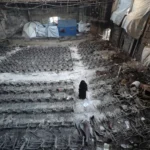 Middle East AffairsJuly 14, 2025An Open Letter from Gaza’s University Presidents: Resisting Scholasticide Through Education
Middle East AffairsJuly 14, 2025An Open Letter from Gaza’s University Presidents: Resisting Scholasticide Through Education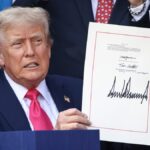 U.S. PolicyJuly 9, 2025Impacts of the One Big Beautiful Bill Act on the U.S. Mining Sector
U.S. PolicyJuly 9, 2025Impacts of the One Big Beautiful Bill Act on the U.S. Mining Sector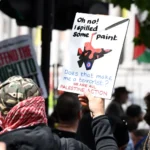 Human RightsJuly 2, 2025Palestine Action Is a Moral Compass. That’s Why the UK
Human RightsJuly 2, 2025Palestine Action Is a Moral Compass. That’s Why the UK


1 comment
I love how honest and insightful this is. Looking forward to more posts from you